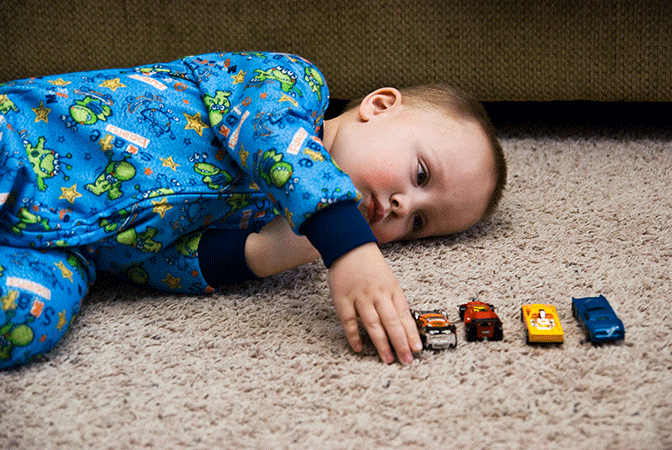Babywearing, the practice of carrying infants and young children in a cloth sling or carrier, has been a tradition in cultures around the world for centuries. In recent years, it has gained popularity among modern parents seeking convenient and nurturing ways to bond with their babies while maintaining mobility. In this article, we will explore the numerous benefits of babywearing for both caregivers and babies, diving into the physiological, psychological, and practical advantages of keeping your little one close.
The Bonding Connection:
One of the most profound benefits of babywearing is the opportunity it provides for enhanced bonding between caregiver and baby. The physical closeness and skin-to-skin contact experienced during babywearing promote the release of oxytocin, often referred to as the “love hormone,” which fosters feelings of connection, trust, and attachment between parent and child. This close contact also allows caregivers to respond more intuitively to their baby’s cues, leading to greater emotional security and a deeper bond.
Hands-Free Convenience:
Babywearing offers caregivers the practical advantage of hands-free mobility, allowing them to tend to daily tasks, run errands, and engage in activities while keeping their baby close. Whether cooking dinner, grocery shopping, or taking a walk in the park, babywearing enables parents to meet their own needs while attending to their baby’s comfort and security. This hands-free convenience can be especially valuable for parents with multiple children or busy lifestyles.
Promoting Physical Development:
The snug, supportive environment of a baby carrier mimics the familiar sensation of being in the womb, providing babies with a sense of security and comfort. Additionally, the upright position encouraged by babywearing supports healthy hip development and can help alleviate symptoms of reflux and colic. As babies grow, being carried in a carrier or sling allows them to observe and interact with their environment, stimulating their senses and promoting cognitive development.
Encouraging Breastfeeding: For breastfeeding mothers, babywearing can facilitate nursing on the go, allowing for discreet and convenient breastfeeding while out and about. Many baby carriers offer adjustable designs that allow mothers to nurse their baby comfortably and discreetly while maintaining privacy and support. This accessibility to breastfeeding can help establish and maintain a successful breastfeeding relationship between mother and baby.
Embracing Cultural Traditions:
Babywearing is not just a modern parenting trend but also a cultural tradition practiced by communities around the world for generations. In many cultures, carrying babies close to the body is a deeply ingrained practice that reflects values of closeness, nurture, and connection within the family unit. By embracing babywearing, parents can honor and celebrate these cultural traditions while experiencing the benefits firsthand.
Choosing the Right Carrier:
When exploring babywearing options, caregivers are met with a wide array of carrier styles, designs, and features to choose from. Soft-structured carriers, ring slings, wraps, and meh dais are among the most popular options, each offering unique benefits in terms of comfort, versatility, and suitability for different ages and stages of babyhood. It’s essential for caregivers to consider factors such as baby’s age and weight, caregiver’s body type and comfort preferences, and intended use when selecting a carrier.
Conclusion:
Babywearing offers a multitude of benefits for both caregivers and babies, from enhancing bonding and emotional security to promoting physical development and practical convenience. By keeping your little one close in a carrier or sling, you can embark on a journey of closeness, connection, and exploration that enriches both your lives. Whether you’re navigating the challenges of early parenthood or embracing the joys of bonding with your baby, babywearing is a versatile and nurturing practice that brings families together in a meaningful and tangible way.


Leave a Comment